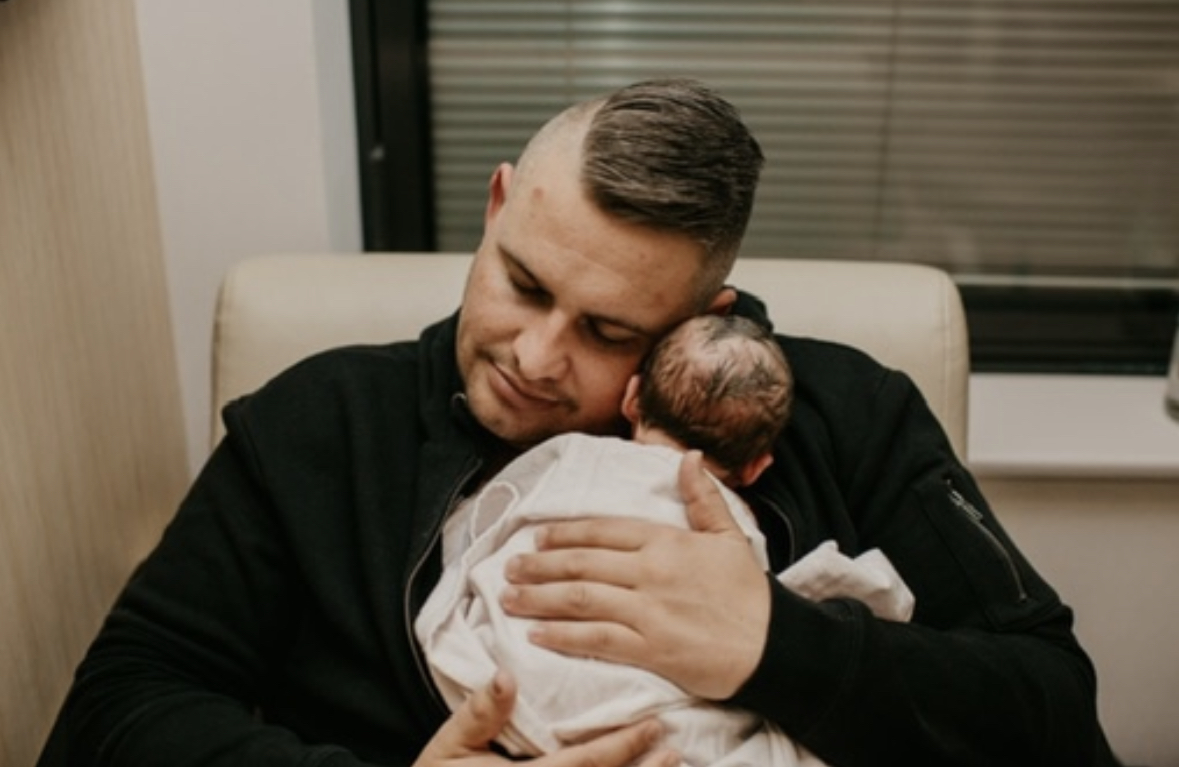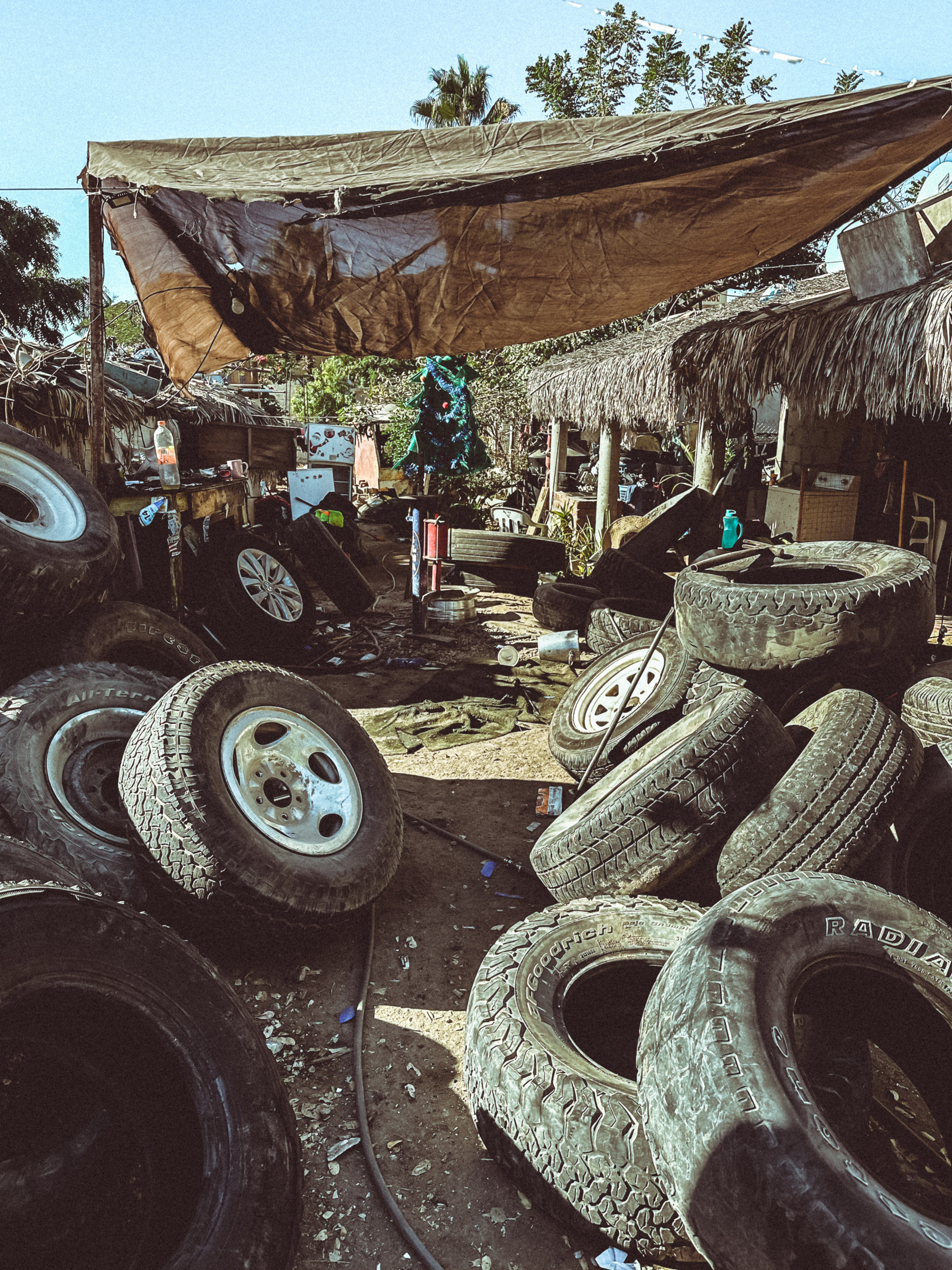📷 Insect (#mbmar Micro Blog March photo challenge prompt suggested by a@alexink)

📷 Tiny {people} (#mbmar Micro Blog March photo challenge prompt suggested by @jasonmcfadden)
It was Luna’s turn to decide what we had for breakfast. Her choice? La Esquina, the cafe with pancakes and a playground.
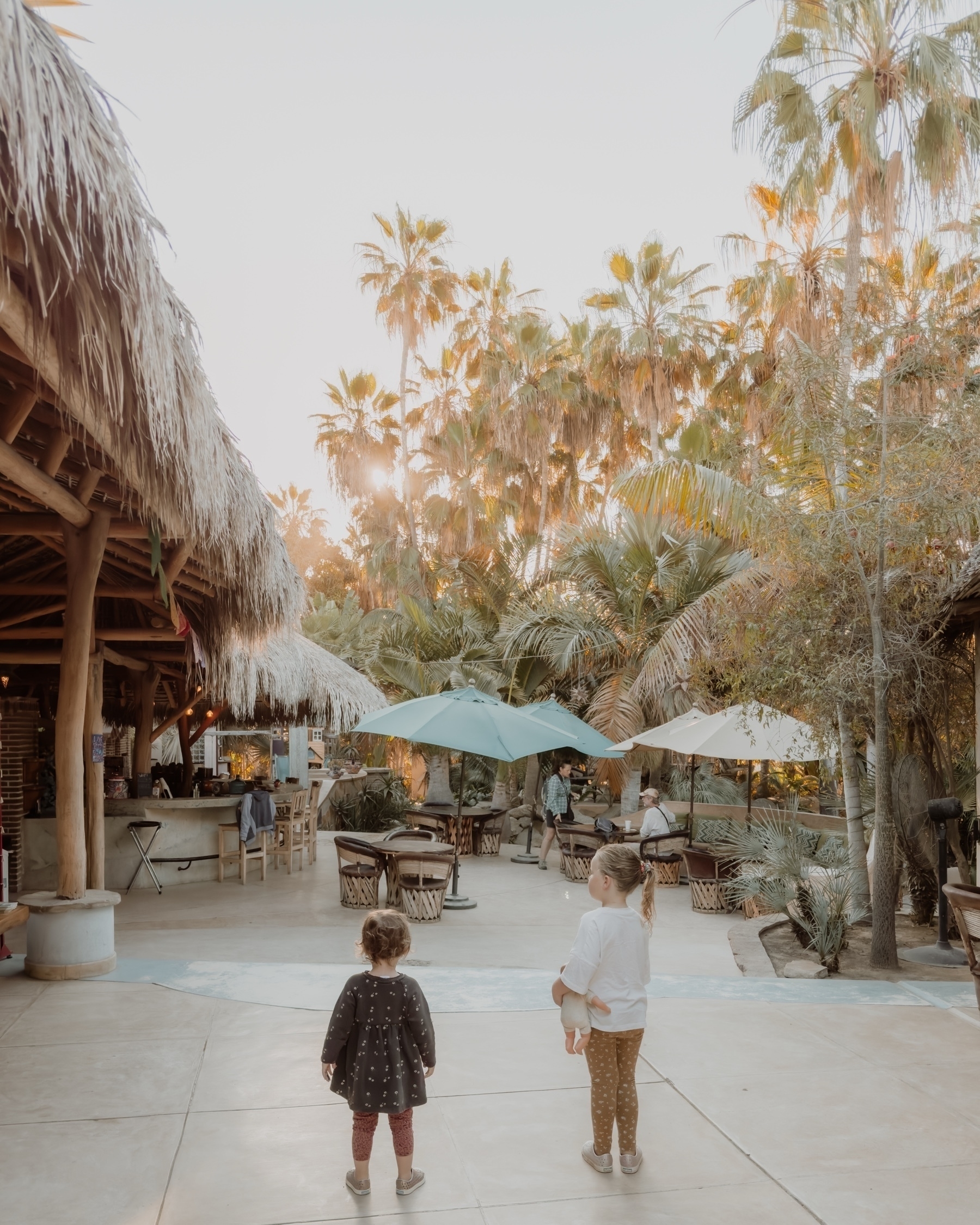
It’s easy to laugh at Rupert Murdoch getting engaged for the fifth time at the ripe age of 92, but at least he’s doing his part to help the wedding industry after Covid. What are you doing? Have you even considered getting married again?
Maryanne Wolf on reading:
Literacy literally changes the human brain. The process of learning to read changes our brain, but so does what we read, how we read and on what we read (print, e-reader, phone, laptop). This is especially important in our new reality, when many people are tethered to multiple screens at any given moment.
She also quotes this which really makes me want to throw the TV in the bin:
When watching a screen, the infant is bombarded with a stream of fast-paced movements, ongoing blinking lights and scene changes, which require ample cognitive resources to make sense of and process. The brain becomes “overwhelmed” and is unable to leave adequate resources for itself to mature in cognitive skills such as executive functions.
You know yo’ve really embedded yourself in a Mexican community when you see a friend riding in the back of a truck on the highway.

📷 Houseplant. Did I do the #mbmar Micro Blog March photo challenge prompt right, @jensands)?
(Photo made a few moments ago on the way to get a coffee in Los Cerritos, Baja California Sur)
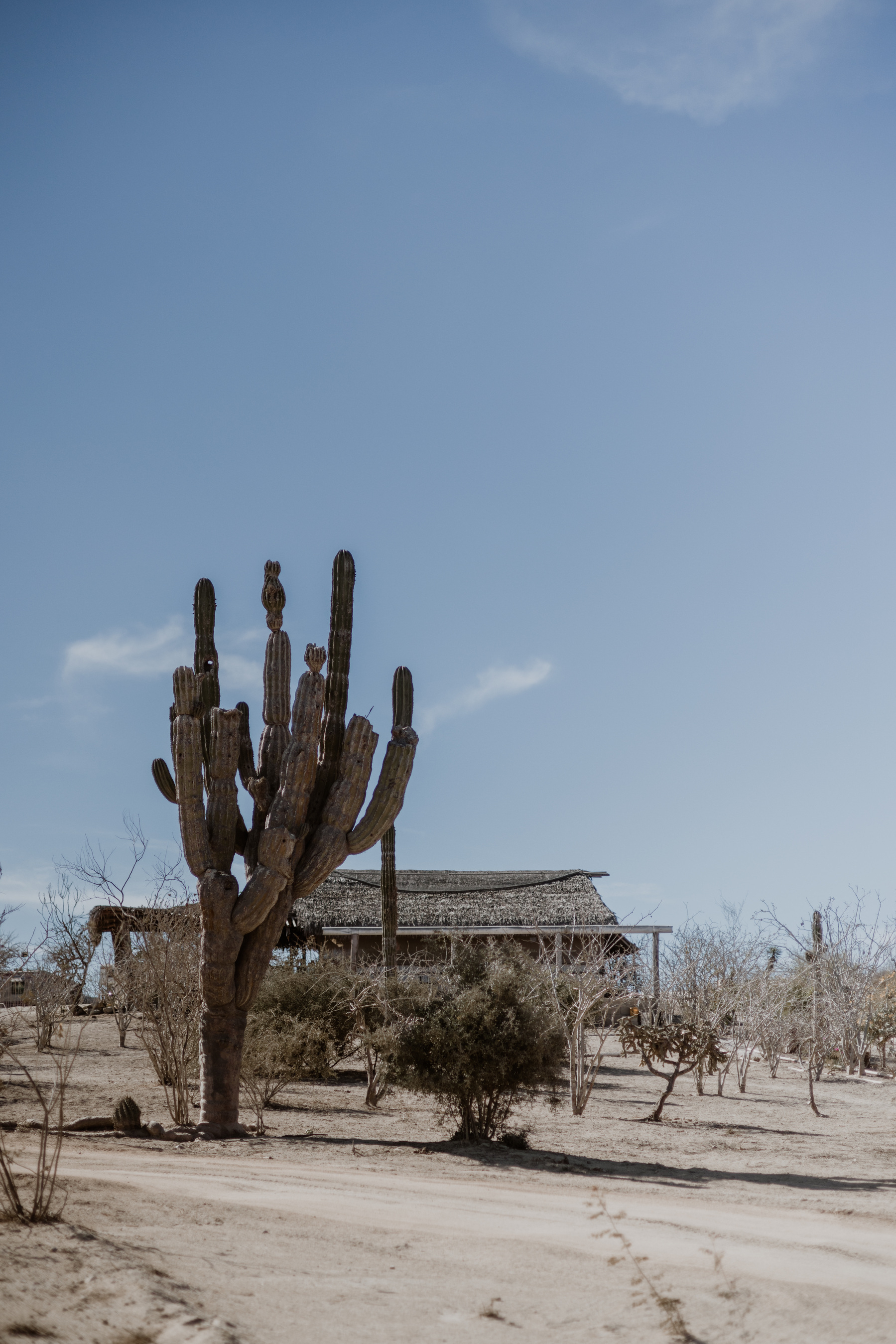
📷🇲🇽 Analog (#mbmar Micro Blog March photo challenge prompt suggested by @skarjune)
I made these photos on Playa Cerritos, Baja California Sur, Mexico, on a broken film camera a week ago, then a few days later they were developed in a photo lab at Currumbin Beach, Australia, and I’m posting them today from Las Tunas, Mexico. The wonders of living in a connected world. (Britt has flown back to Australia this week).
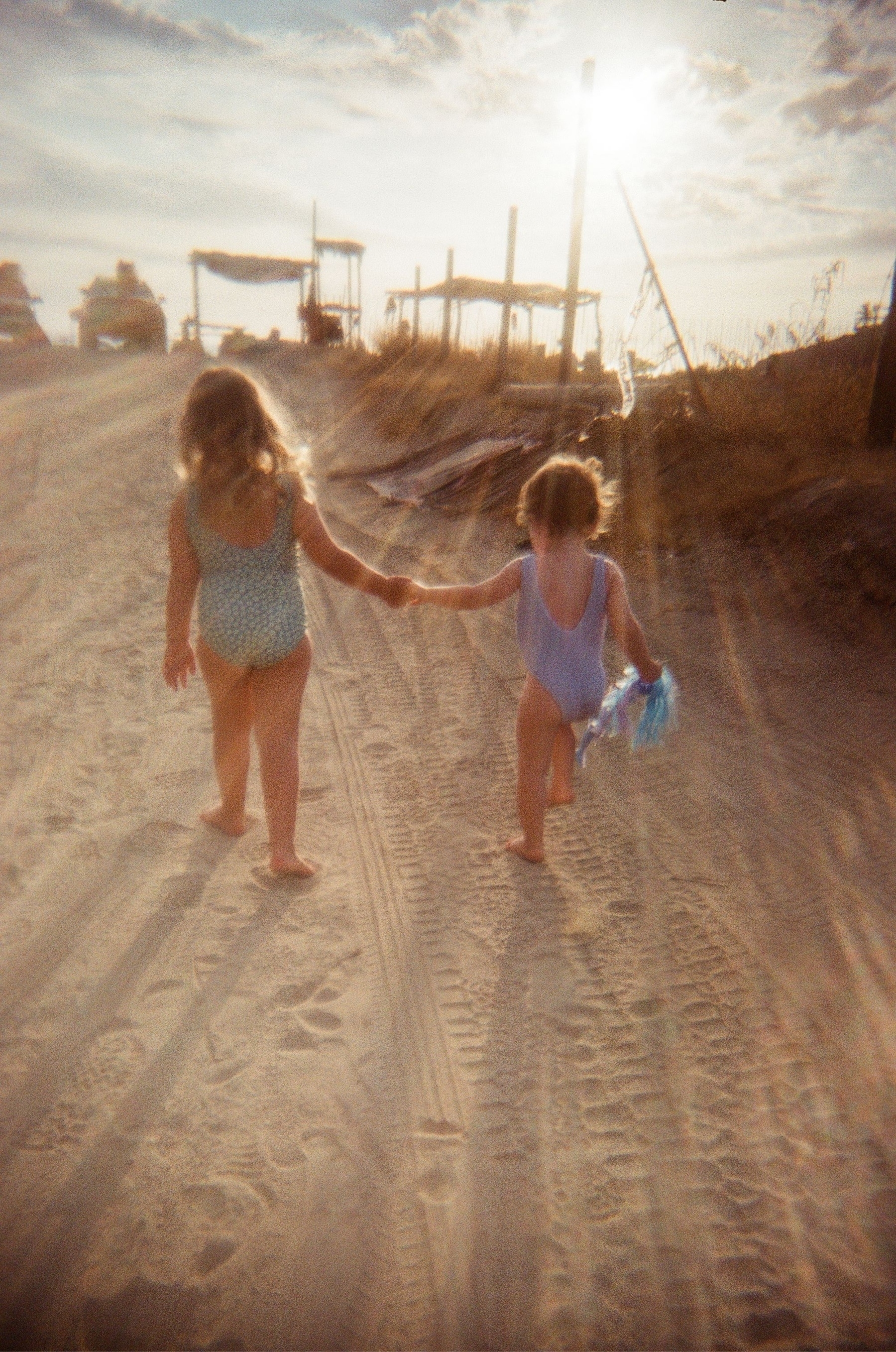
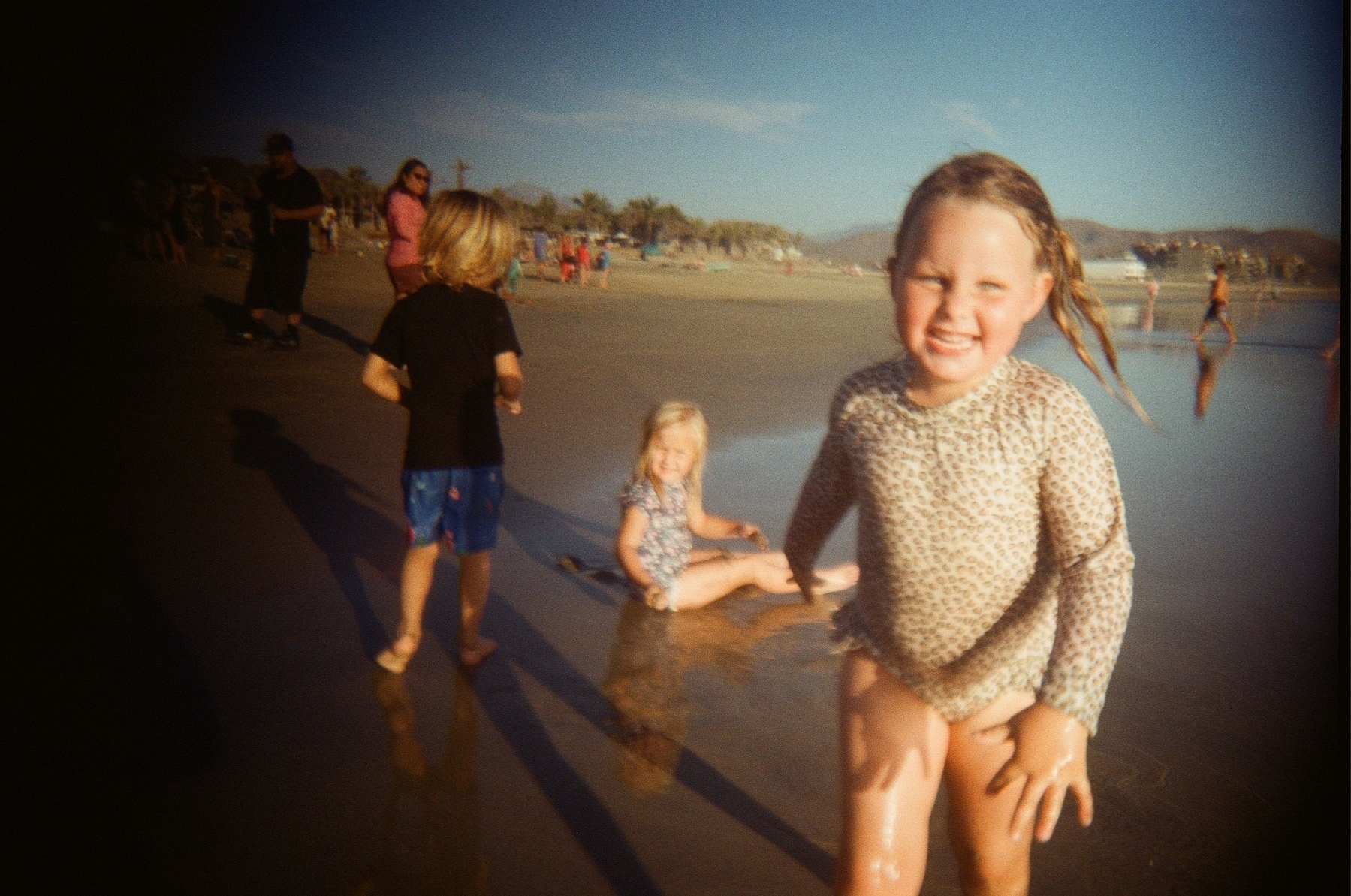
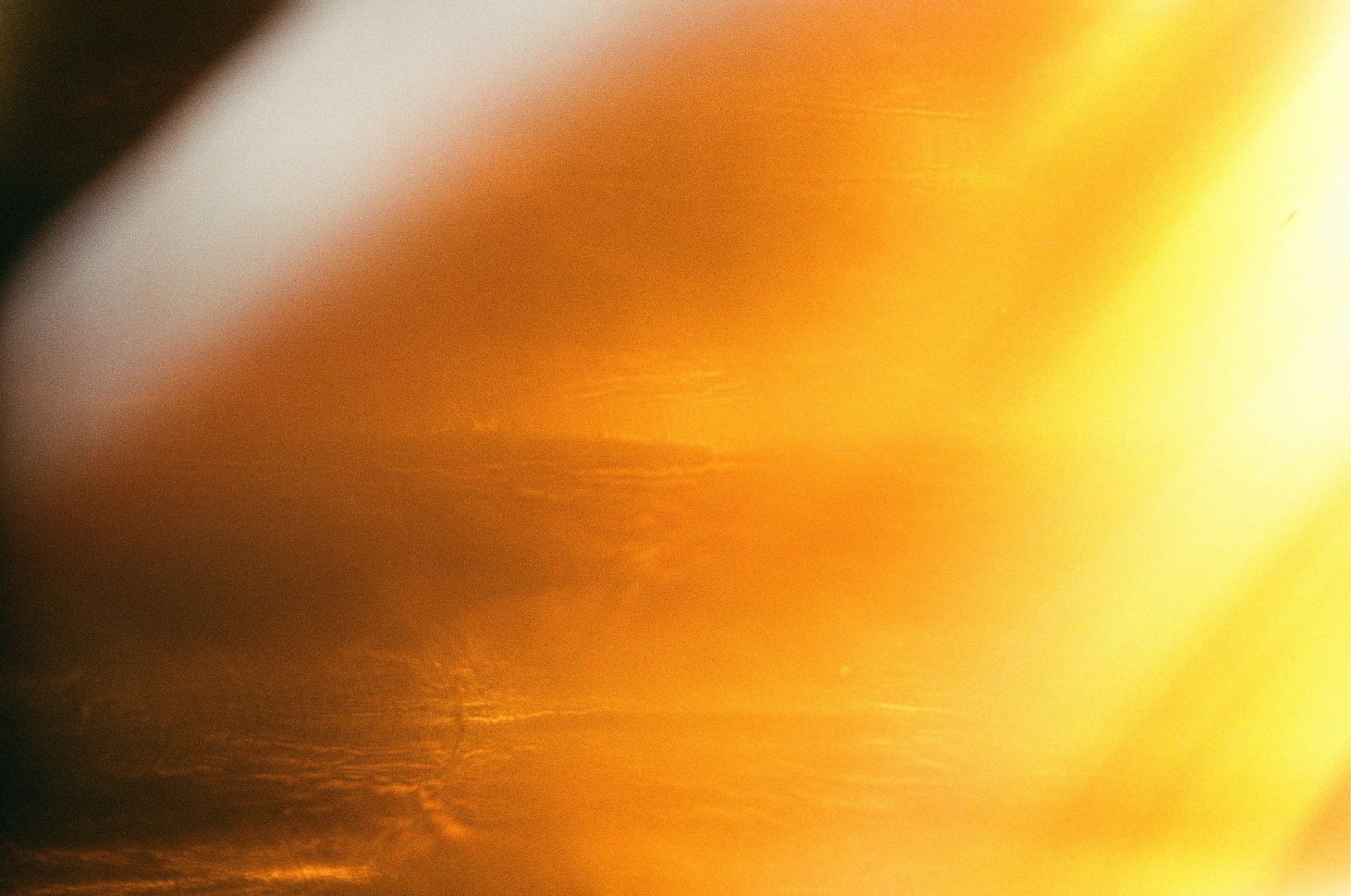
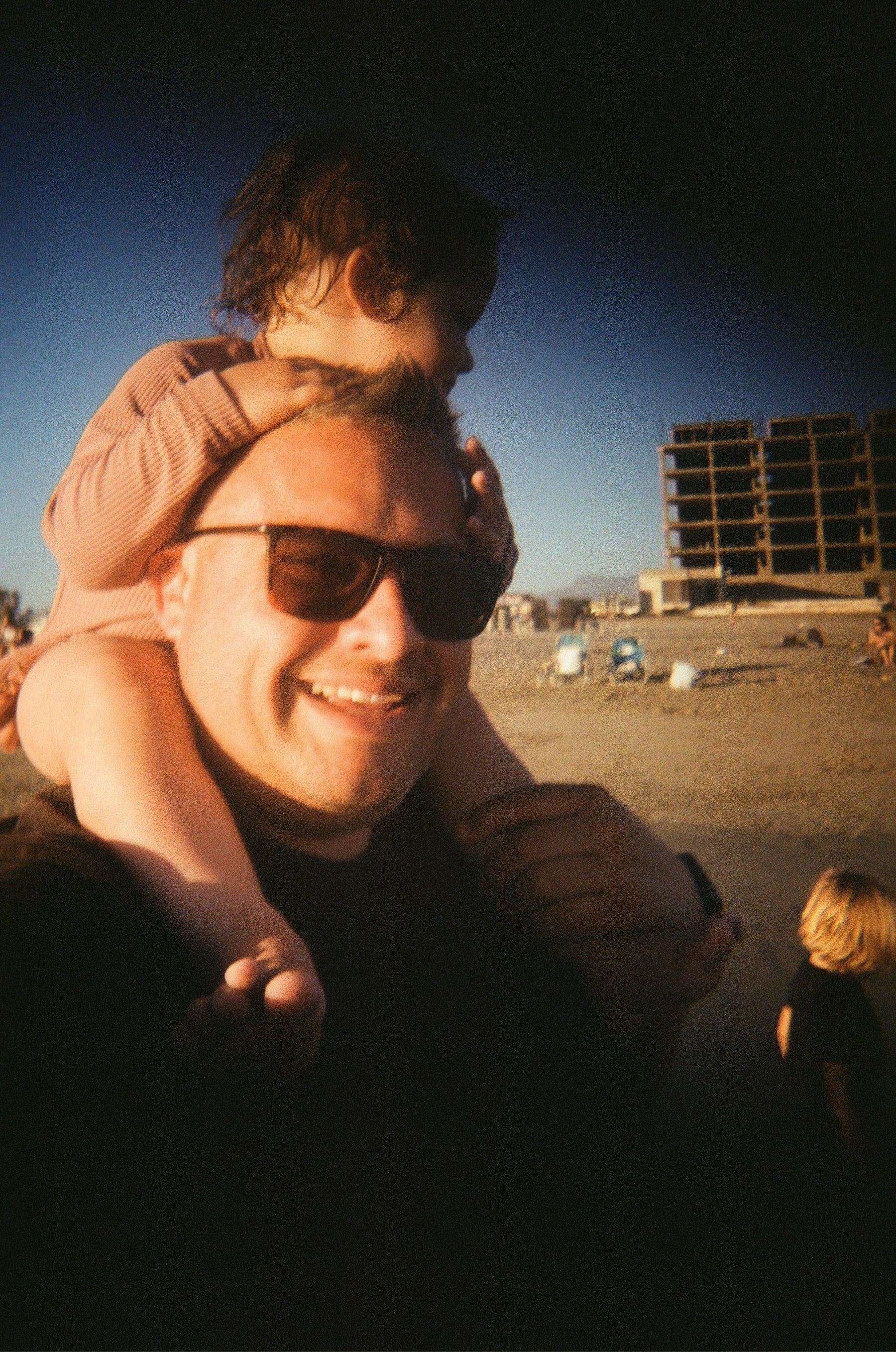
📷 Portico (#mbmar Micro Blog March photo challenge prompt suggested by @annahavrom)
From a snow day in Nashville between Christmas and New Year’s Eve just passed.
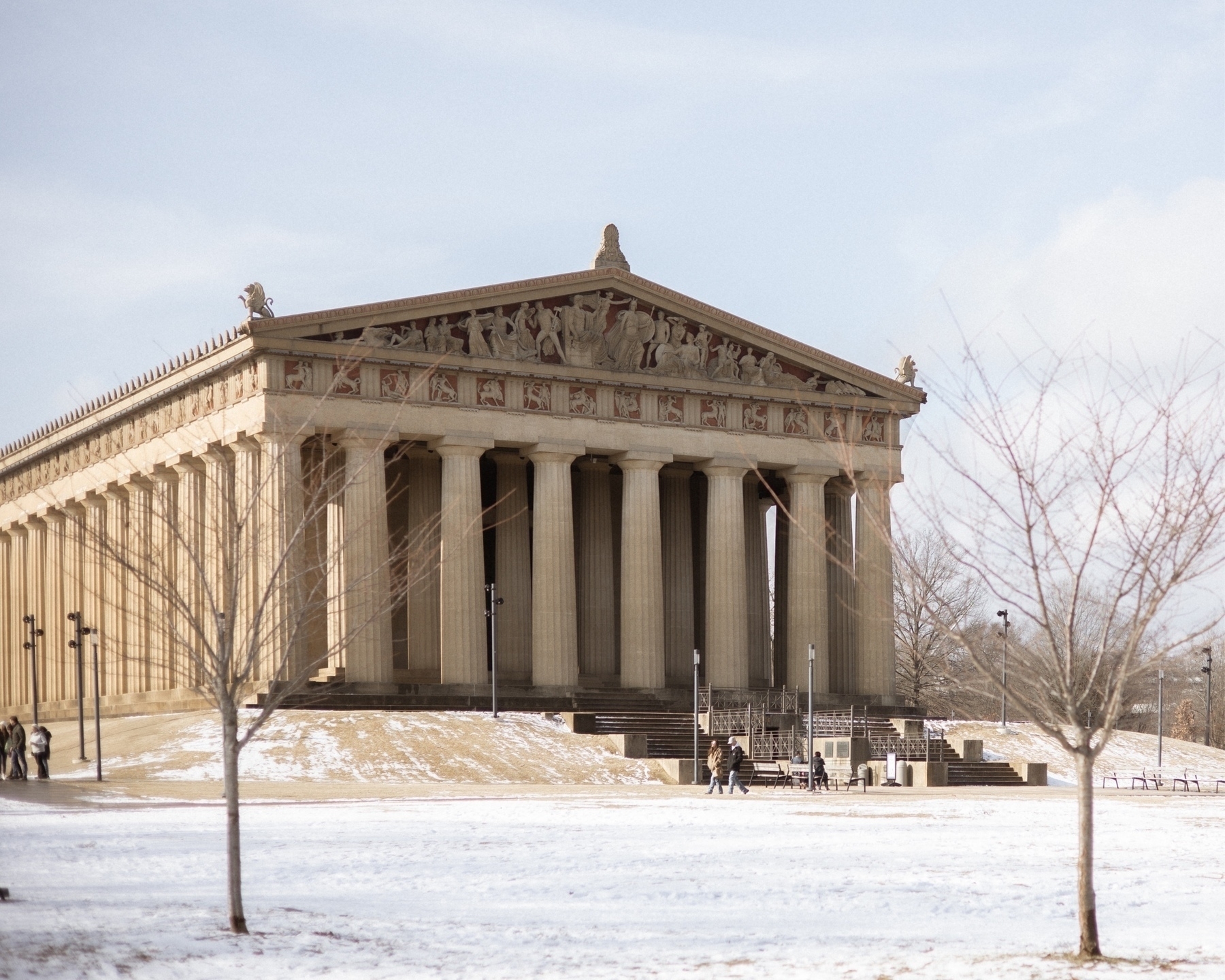
Dan Shipper’s representation of AI/GPT as a copilot for the mind harkens back to Steve Jobs talking about computers in 1990 as “a bicycle of the mind”.
Something that takes us past our inherent abilities.
Ansel Adams:
You don’t take a photograph, you make it.
📷 Early (#mbmar Micro Blog March photo challenge prompt suggested by @krisfredrick) also shared on Pexels.
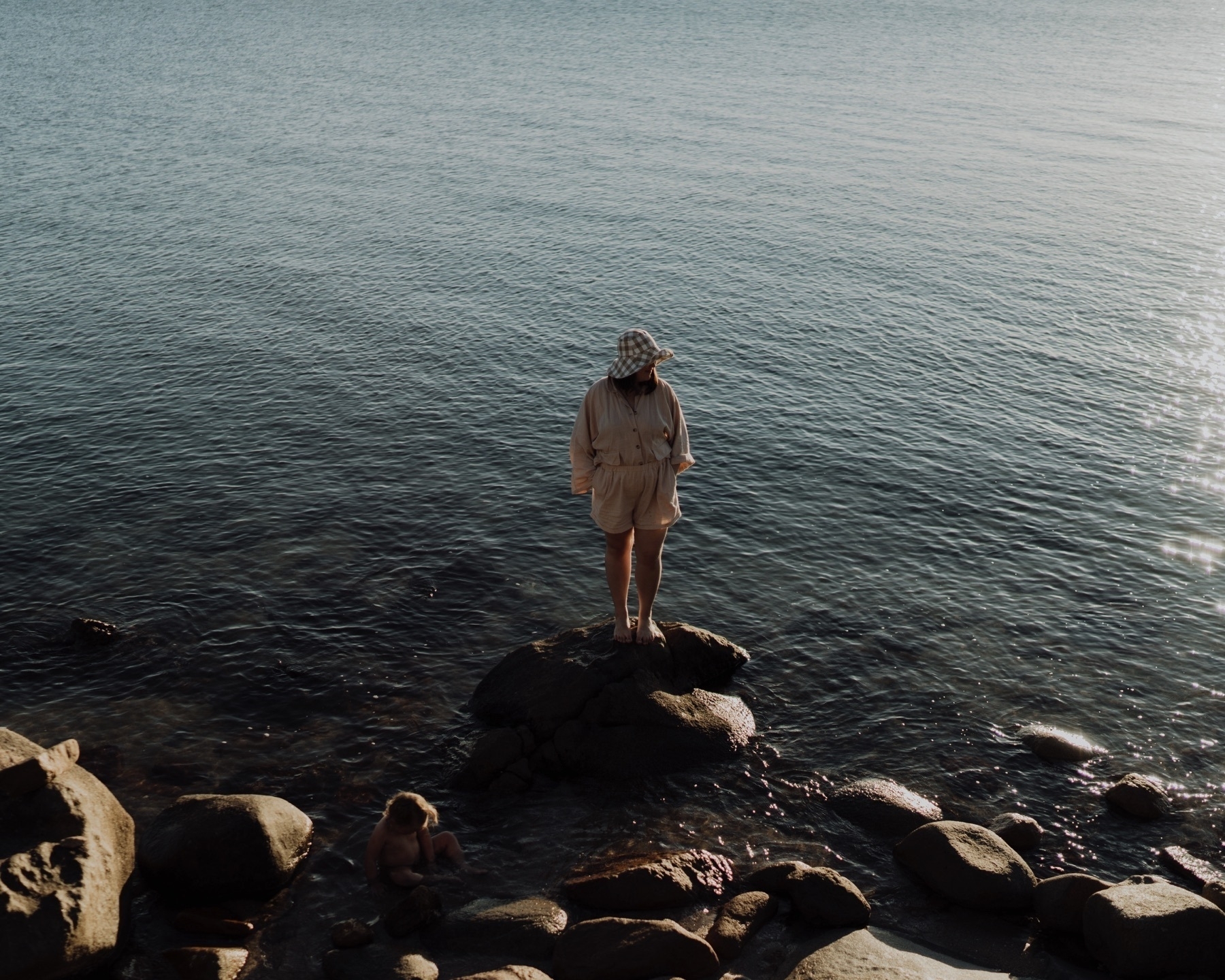
Everyone move along, there’s nothing to see here.
The “crack” on Josh’s iPhone screen that has occupied his sad mind for the last two hours was actually the smallest dried strand of egg yolk draped across his screen, hard enough and thin enough to seem like a crack to the untrained mind.
If only you could’ve seen the look on my face as I scratched off the scratch like a miracle healer.
A bunch of smart people say we need to learn “‘critical ignoring’ – the ability to choose what to ignore and where to invest our limited attentional capacities.”
📷 Road (#mbmar Micro Blog March photo challenge prompt suggested by @Dejus)
There’s a saying in Baja that “bad roads bring good people and good roads bring bad people”.
So we keep the ungraded and bumpy dirt roads as an instrument of faith in the neighbours we want.

Alexander Haymen:
“Home is where people notice when you’re not there.”
📷 Horizon (#mbmar Micro Blog March photo challenge prompt suggested by @crossingthethreshold)
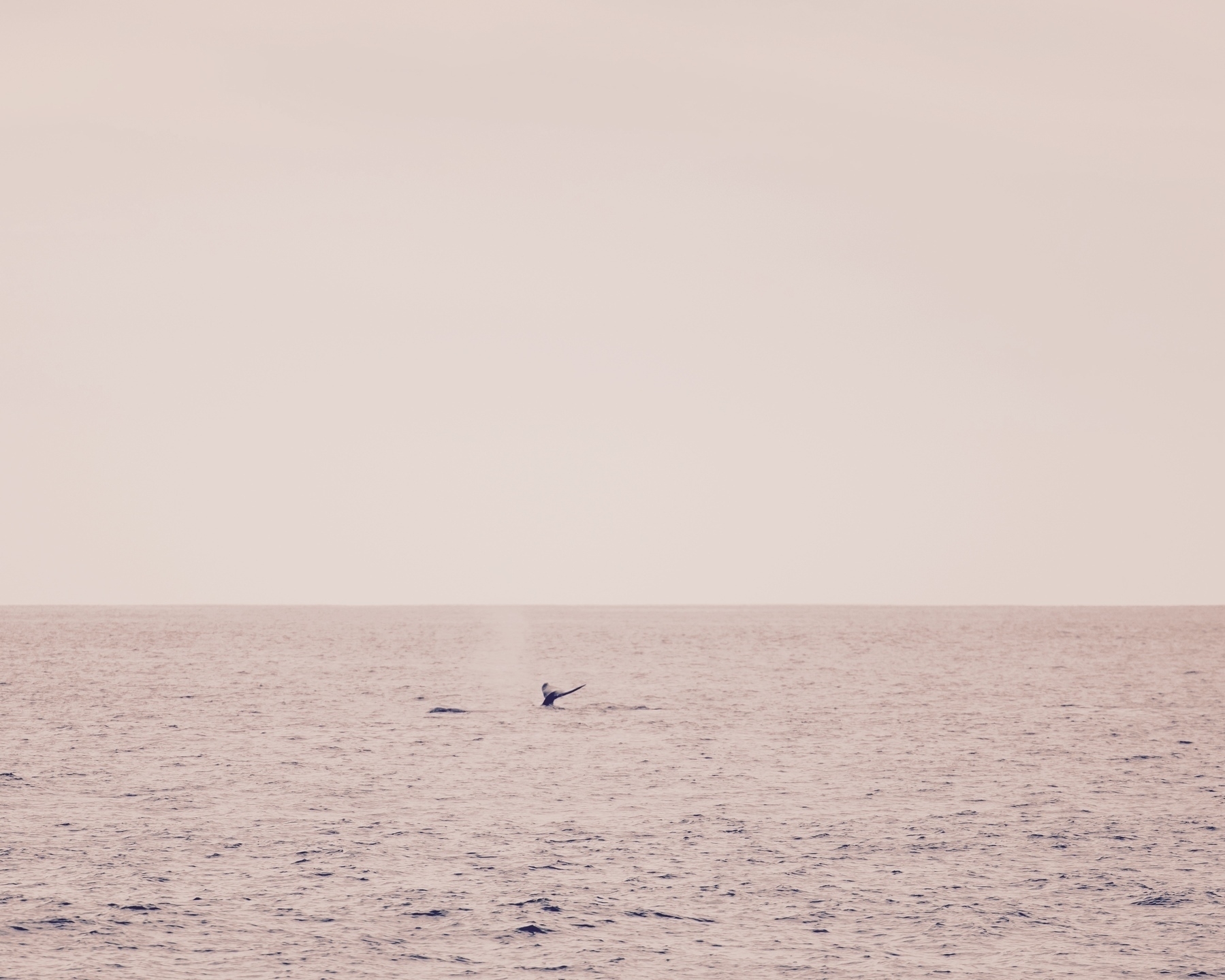
📷 Connection (#mbmar Micro Blog March photo challenge prompt suggested by @agilelisa)
The moment I connected with my minutes-old first child and daughter.
